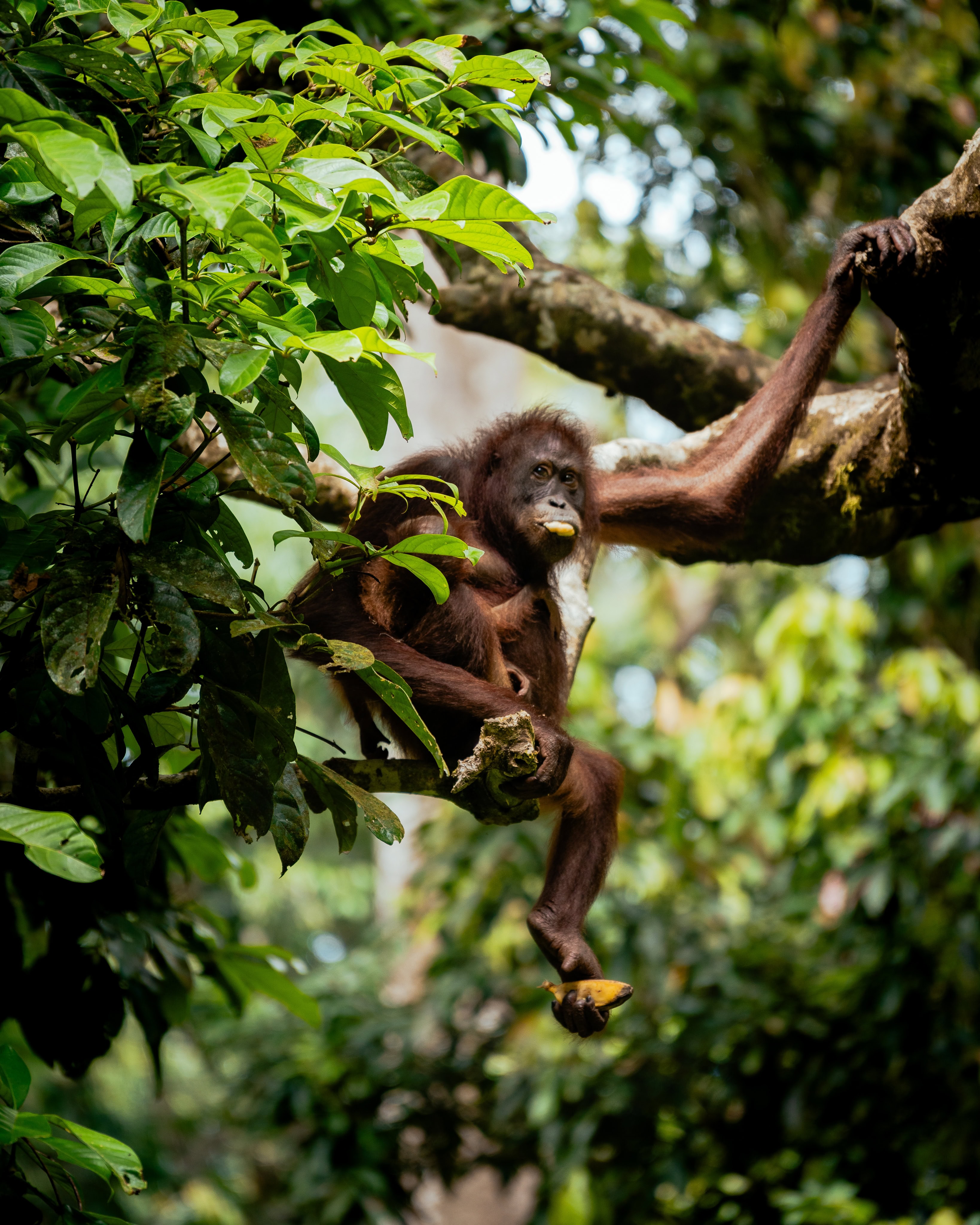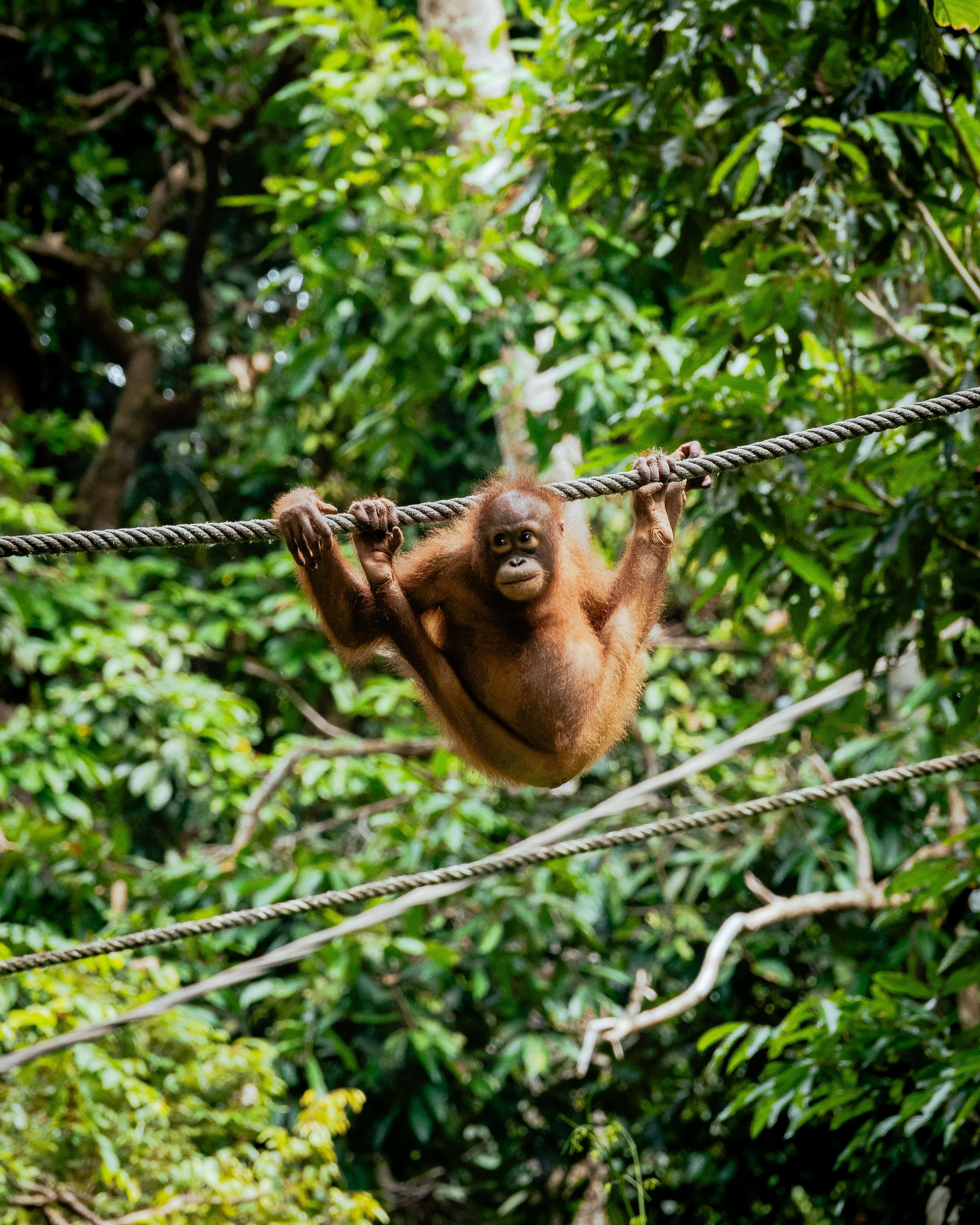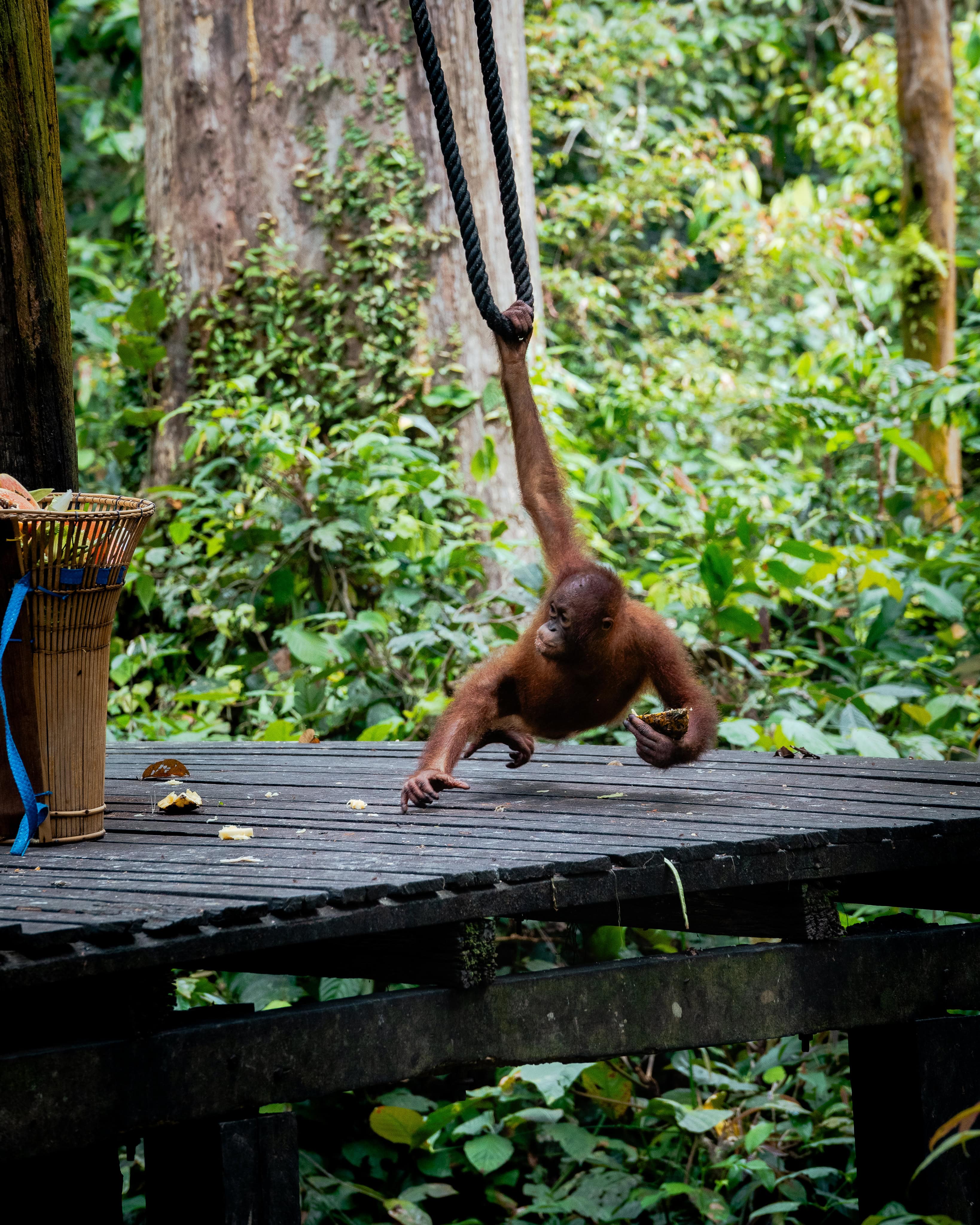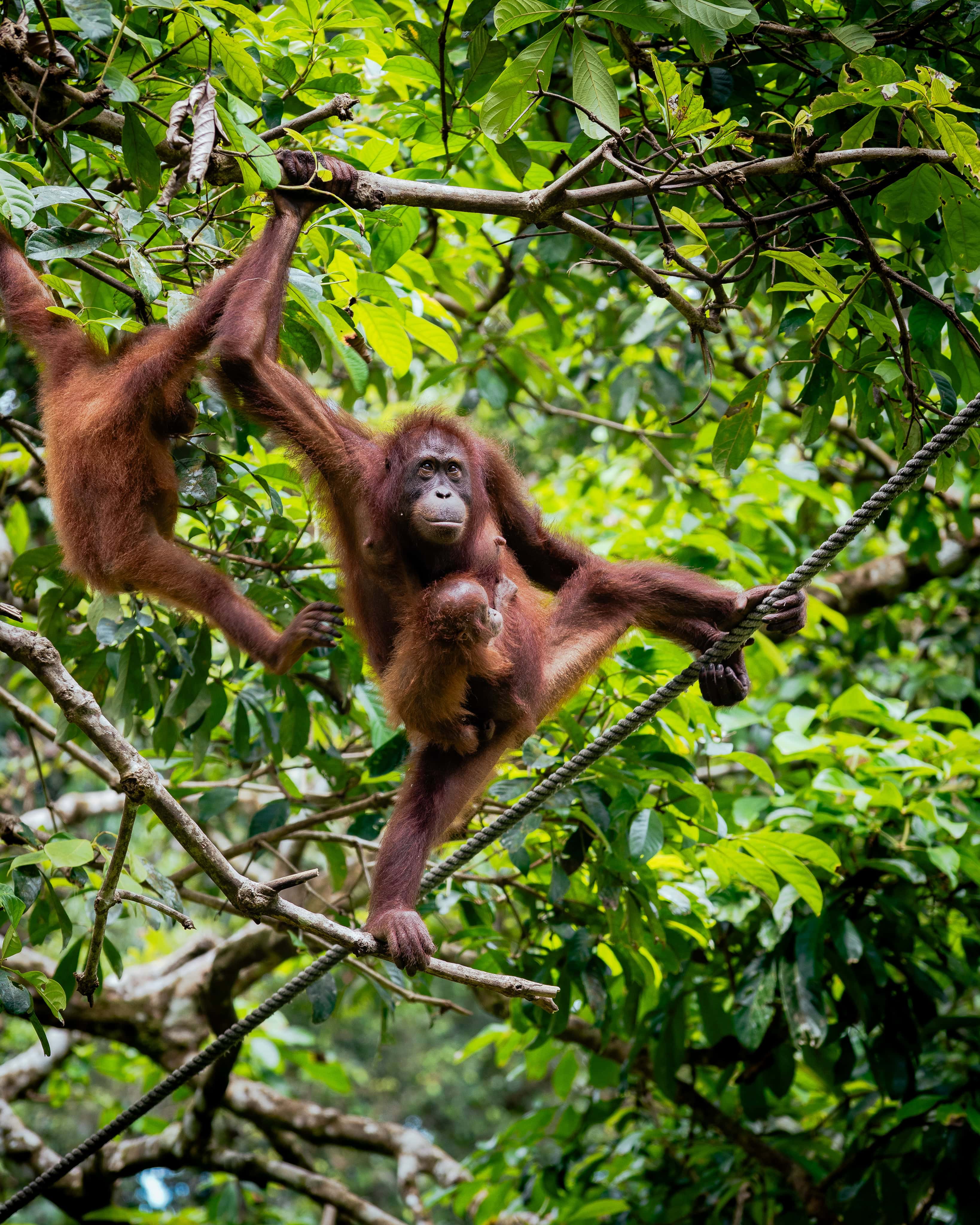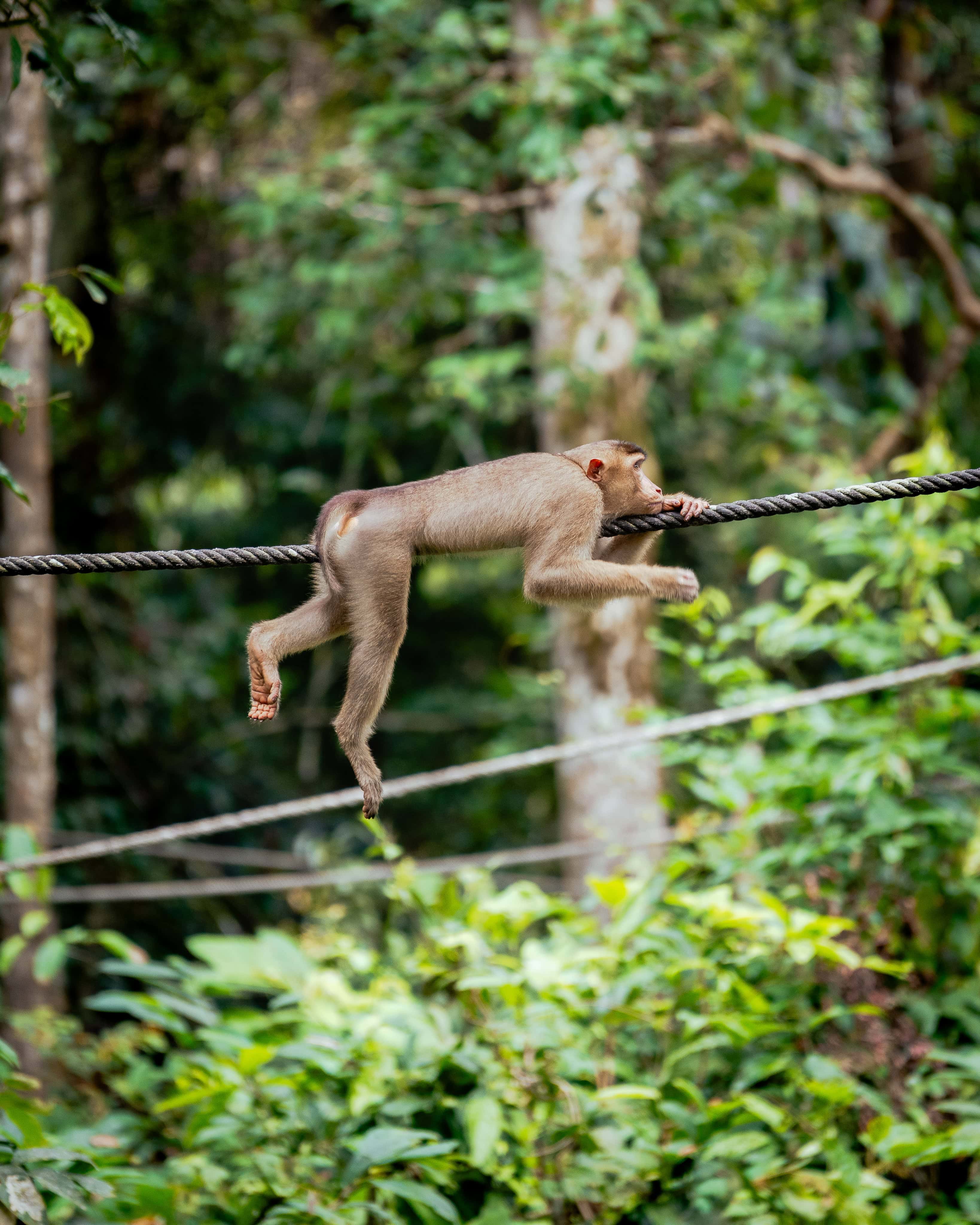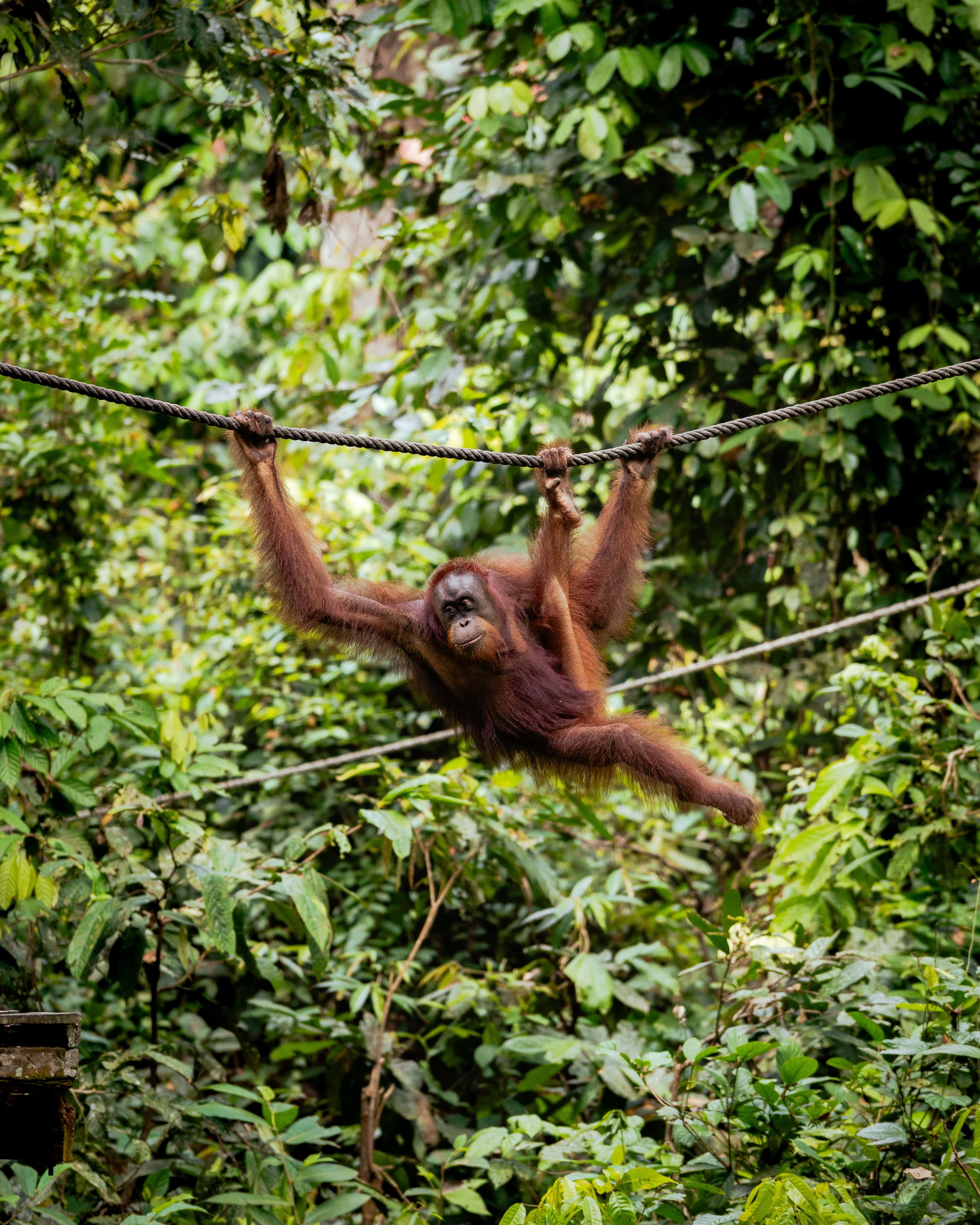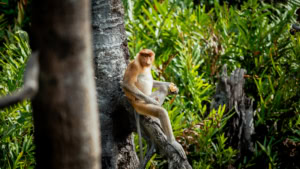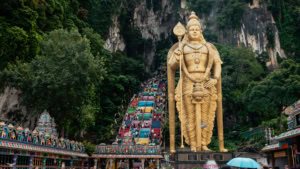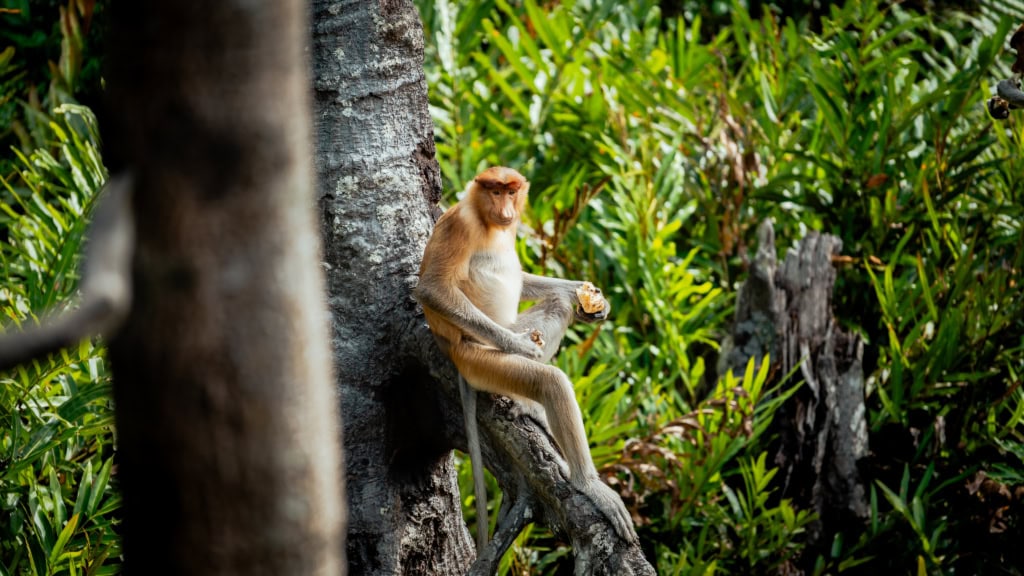On the edge of the Malaysian rainforest in north-eastern Borneo, the Sepilok Orangutan Rehabilitation Centre near Sandakan is a unique place where endangered orangutans are given a second chance to live freely. This impressive nature reserve combines active species conservation with sustainable tourism, making it a must for every traveller to Borneo.
Location and how to get there: Where is the Sepilok Orangutan Rehabilitation Centre located?
It is located in the Malaysian state of Sabah, on the island of Borneo, around 25 kilometres west of the city of Sandakan. It is situated on the edge of the Kabili Sepilok Forest Reserve, a protected lowland rainforest spanning over 4,300 hectares. It is easily accessible via a well-maintained road from Sandakan, either by taxi, hire car or local minibus. The nearest airport is Sandakan Airport, which has regular flights from Kota Kinabalu and Kuala Lumpur. This convenient location makes Sepilok one of the world’s best-known places to observe and protect endangered orangutans.
History of the Centre: Pioneering work since 1964
Founded in 1964, the Sepilok Orangutan Rehabilitation Centre was one of the world’s first rehabilitation centres for orangutans. Its aim is to rescue orphaned, injured or captive orangutans, provide them with medical care, and prepare them for life in the wild. Many of the animals are victims of the illegal pet trade, while others have been displaced from their habitats by deforestation and slash-and-burn agriculture. The centre takes a gentle approach to rehabilitation: young orangutans learn from experienced individuals and human carers how to survive in the wild, such as how to find food, move around and build nests. The centre’s success speaks for itself: many of the animals successfully return to the wild, with some living independently in the neighbouring rainforest.
The rehabilitation process: From orphan to wild animal
Rehabilitation at the Sepilok Centre is a long-term, multi-stage process. First, the animals are placed in a quarantine centre to rule out diseases and acclimatise them slowly to their new environment. They then spend several years in the subsequent ‘forest school’, learning everything they need to survive. Only once they have developed sufficient skills are the orangutans allowed to venture out into the wild. The centre’s approach is clear: minimal contact and maximum support. Human interaction is deliberately minimised to enable the animals to return to an independent life.
Visit experience: What can visitors expect at Sepilok?
The centre is not only a place for species conservation, but also an important educational and ecotourism destination. Visitors have the opportunity to observe orangutans up close in an ethically responsible manner. The animals can be seen at the rainforest platform at two feeding times a day (usually 10 am and 3 pm). However, these feedings are not primarily for feeding the animals, but are part of a transition process: only animals that are not yet fully independent regularly attend.
The visitor centre features an informative exhibition about orangutans, their way of life, the threats they face, and the work of the rehabilitation centre. There is also a video room showing documentaries, and a wooden walkway leads through a section of the rainforest where the animals live freely. You may encounter the animals on the paths. It is important to keep your distance and not feed them. Another attraction is the neighbouring Bornean Sun Bear Conservation Centre.
Practical tips for visitors
- Best time to visit: The dry season between March and October is ideal, although Borneo is warm and humid all year round.
- Admission: The centre charges a small entrance fee, which goes directly towards conservation and operational costs. An additional fee may apply for photography using professional equipment.
- Rules of behaviour: No flash photography, no feeding and no touching – the protection of the animals is paramount. Visitors should always keep their distance and treat the animals with respect.
Why is Sepilok so important for species conservation?
The orangutans living in Borneo belong to the Pongo pygmaeus species and are classified as critically endangered on the IUCN Red List. The main causes are habitat loss, illegal hunting, and the illegal wildlife trade. The Sepilok Centre provides immediate help for individual animals and contributes to the long-term conservation of the entire population. It serves as a model for many similar projects in Southeast Asia, working closely with international organisations, universities, and species conservation institutions.
The neighbouring Kabili-Sepilok Forest Reserve plays a central role in this. The rainforest serves as both a rehabilitation area and a refuge for wild animals. Protecting this ecosystem is crucial for the survival of the orangutans. Scientific studies at the centre have also improved our understanding of the behaviour and development of young orangutans, providing valuable knowledge for global conservation efforts.
The Sepilok Orangutan Rehabilitation Centre is much more than just a tourist attraction — it is a symbol of successful species conservation and responsible ecotourism. Anyone travelling to Borneo should not miss this unique place. Here, you can witness the collaboration between humans and animals in the fight for a better future. Visiting Sepilok is not only educational, but also deeply moving, and many visitors leave with a new awareness of the importance of nature conservation.


